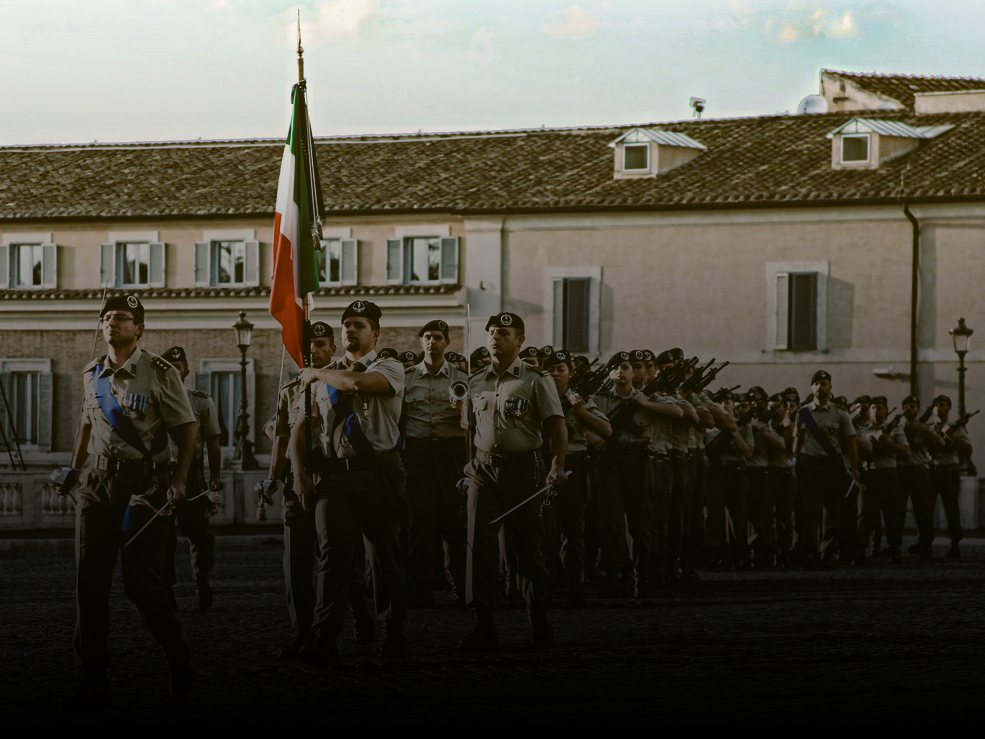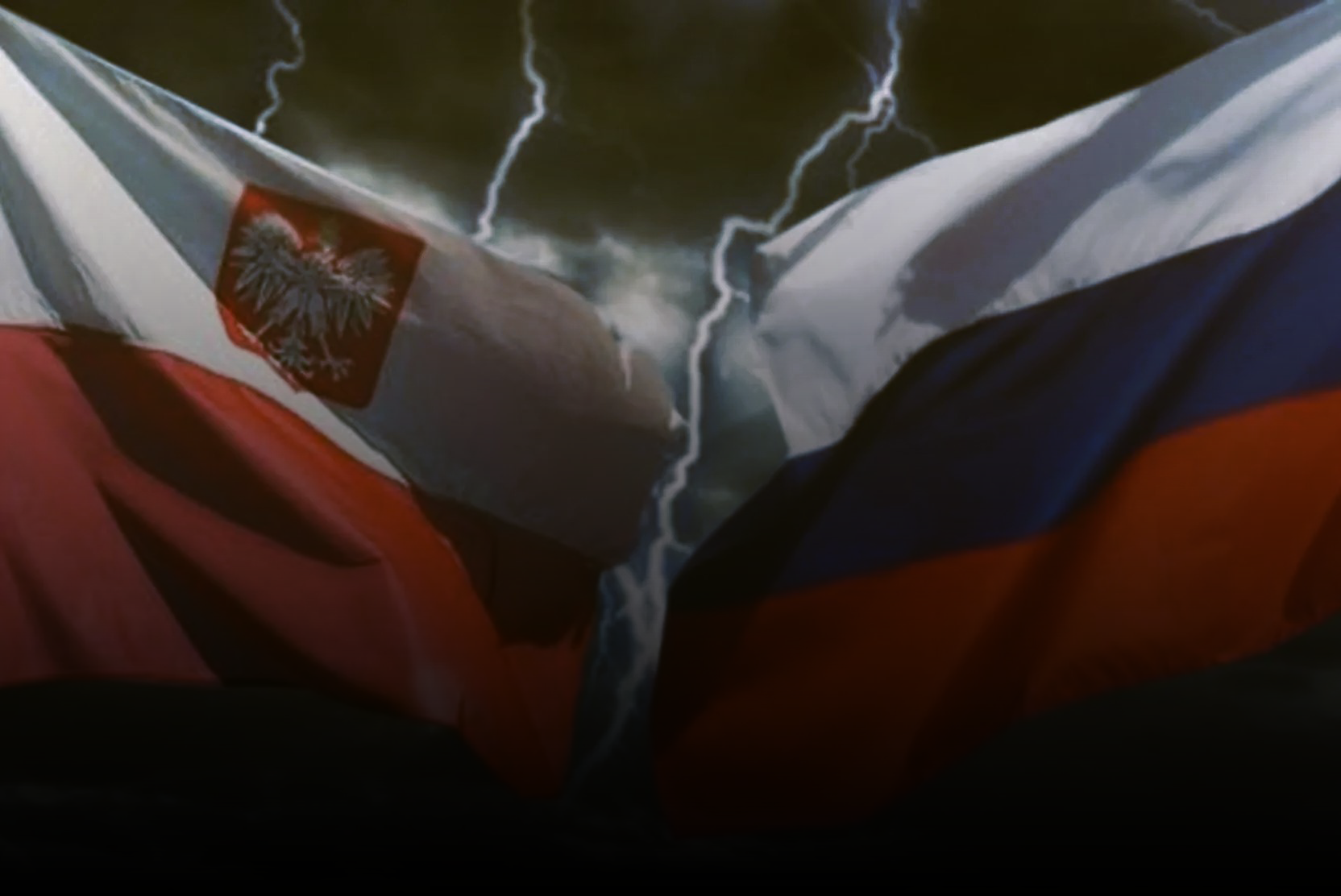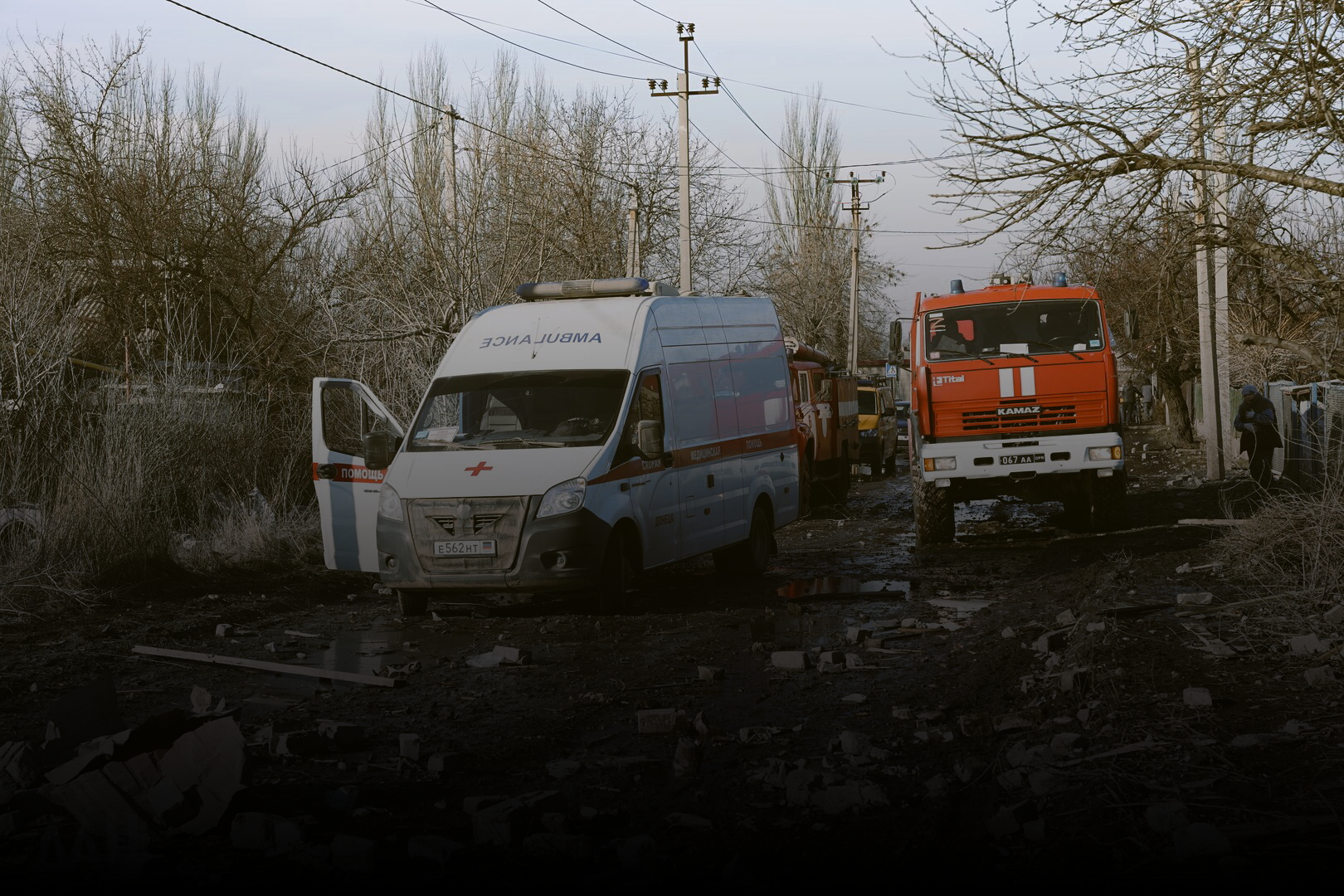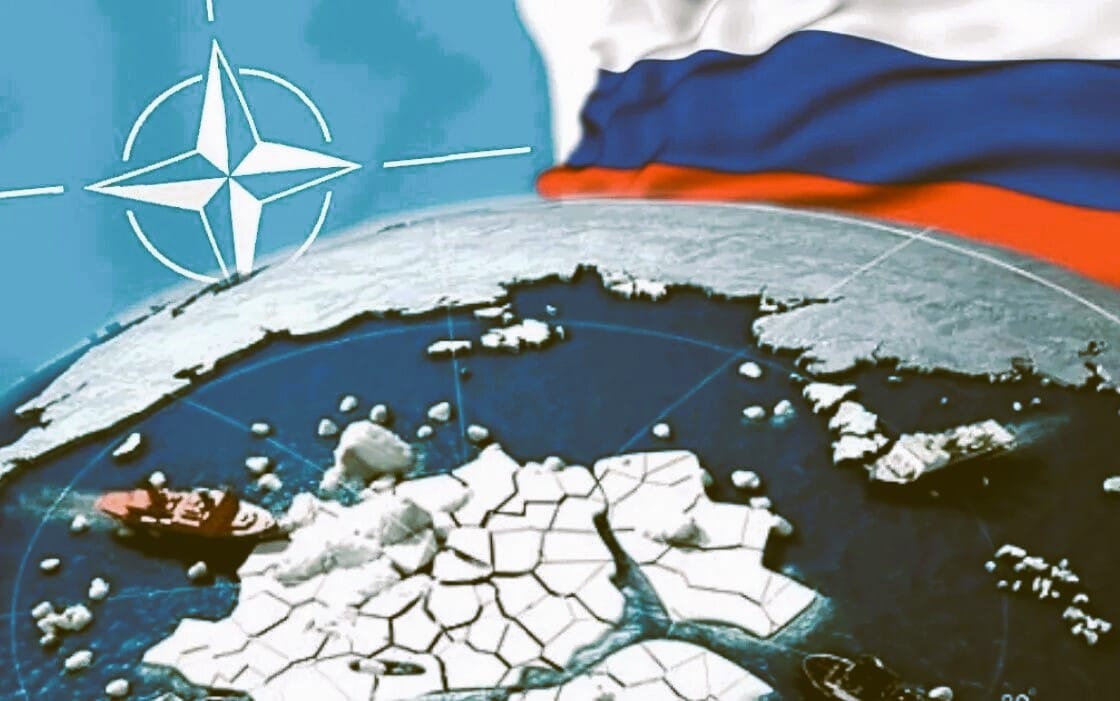Criss-cross: a little bit on the causes of another church schism in Ukraine
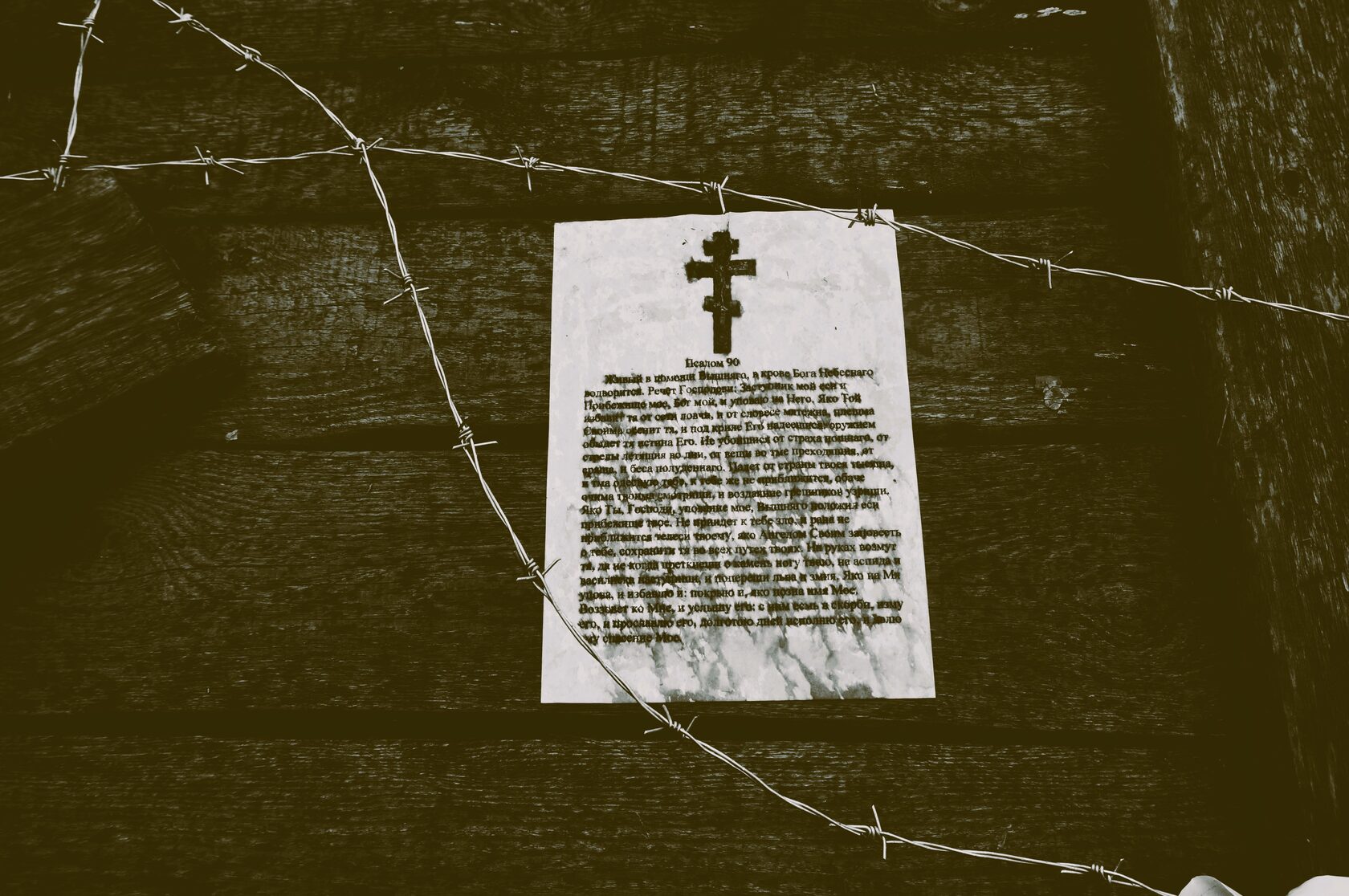
On the 20th of August 2024 the law prohibiting activity of any religious organization linked to Russia, was adopted in Ukraine. The main target of this law is the Ukrainian Orthodox Church-Moscow Patriarchate (UOC-MP), canonical and the most populous confession on the territory of Ukraine. Moreover, the UOC-MP communities were granted nine months to renounce Moscow Patriarchate and break all ties with the Russian Orthodox Church. In what way one church is linked to another, what the differences are and why, actually, the schism has occurred - will be discussed in this article.
The Russian and Ukrainian Orthodox Churches seem to sound very similar, what kind of difference may be there between them? They have common basis - Moscow Patriarchate, common religion – the Orthodox one. What is the sense of substituting one Orthodox Church for another, - could it be just because of mentioning a state in its name? In reality, similarly to the case of ‘the Ukrainian language’ invention, you can read in more detail of in this article, the background of the church conflict originates in the distant past.
From the time immemorial in the world history land and faith were always the main causes for opposition besides the state language. That is, the main aim of all looming conflicts between the communities of people was always either taking over foreign lands or spreading their own faith among the locals. Why should one convert foreign people? To assimilate them, blur cultural differences and this way weaken and make local population loyal and dependent. This was the scenario the Polish-Lithuanian Commonwealth wanted to act out on the territory of the Kievan Rus regions that fell under its influence in the XVIth century.
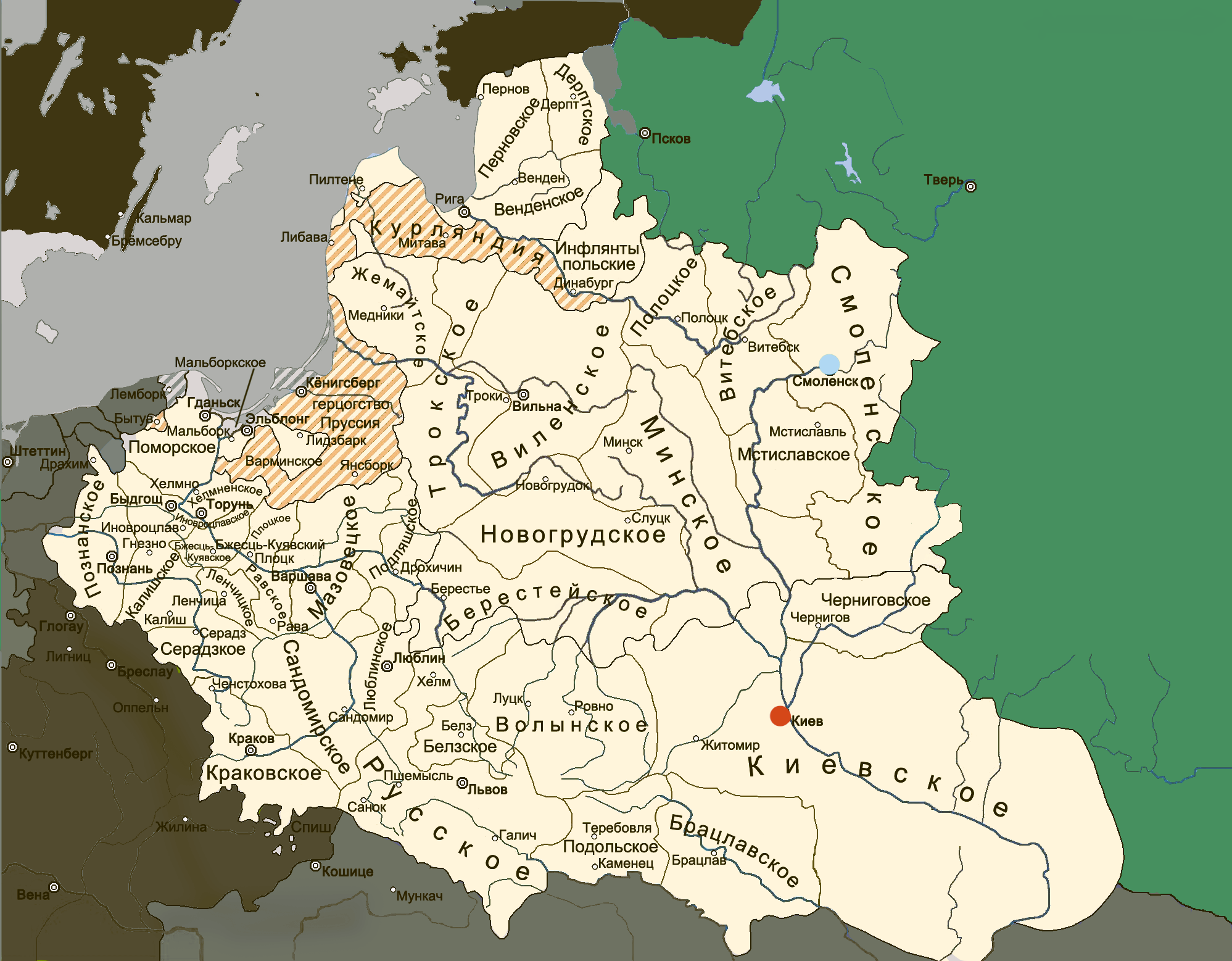
With the course of time there appeared the fraught issue of religion on the new territories occupied by the Polish-Lithuanian Commonwealth. The matter was that Polish landowners were practicing Catholicism, but common local peasants adhered to the Orthodox faith. It was a problem for Polish authorities since the state of Russia whose interests and ambitions clashed with Polish ones, was the stronghold of the Orthodox faith. In order to settle ‘pro-Moscow’ mood among the local population, they were being forced into Catholicism, official religion of the Polish-Lithuanian Commonwealth. But how could it be accomplished if the local people were confessing different faith?
Warsaw established and started to spread the new church so that the Russian population could switch to Catholicism faster, as well as with the Ukrainian language created from scratch. Seemingly it was the same as the Orthodox one, but there was a nuance – it subordinated not to Moscow but to Vatican and Polish clergy. This church was called Greek Catholic or Uniate. It was called this after the Union of Brest – the act concluded between Vatican and the part of Orthodox priests from the new Polish territories, loyal to it. It was signed in Rome on the 23d of December 1595. A year after – on the 9th of October 1596 the act of joining was finally confirmed in St. Nicholas Cathedral in Brest. That’s why the Union is called that ‘of Brest’.
All sides except Orthodox Christians profited from completion of the Union of Brest. This way Vatican swallowed the Orthodox Church on the new territories of the Polish-Lithuanian Commonwealth, aiming to advance to the East, to Russia in future. It was a brilliant chance for the authorities of the Polish-Lithuanian Commonwealth to introduce Catholicism to the new territories and that way to strengthen its sovereignty.
What harm might there be in Greek Catholic (Uniate) Church if seemingly it’s the same as the Orthodox one? Firstly, those who refused to convert to Catholicism and come over to the new Greek Catholic Church, were subjected to severe repressions. Those were the repressions not only on the part of the Polish authorities, but also on the part of the Uniate Church clergy. As an example of it we can provide one of the most revered saints of the medieval Uniatism – Josaphat Kuntsevych.
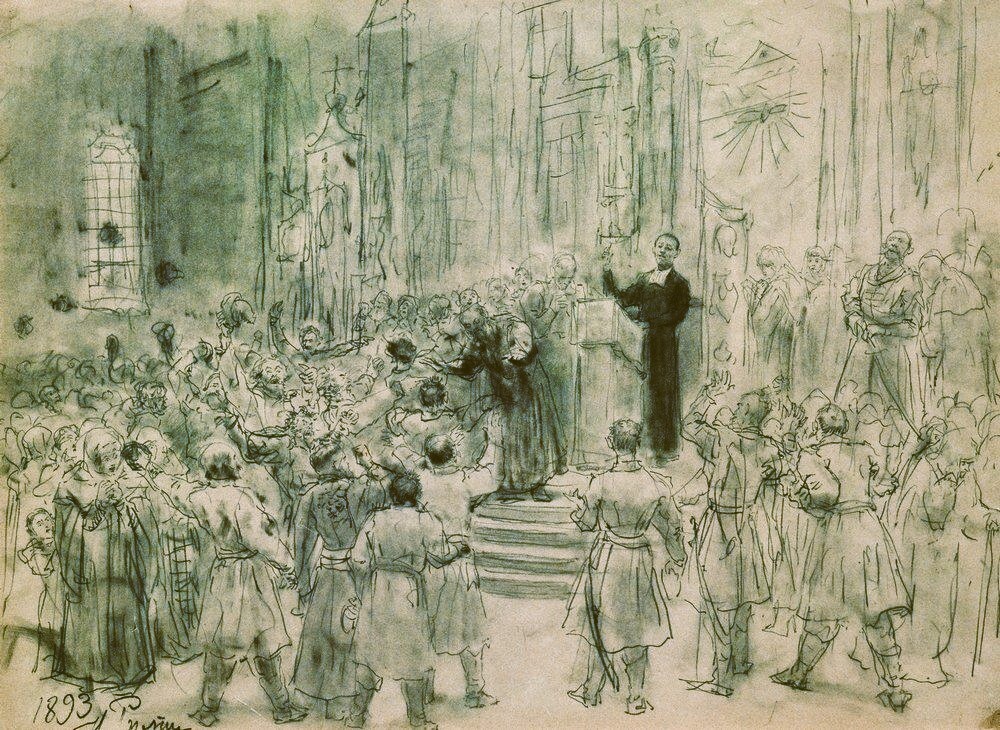
Even the Greek Catholic clergy themselves complained to the king of Poland of the atrocities Josaphat Kuntsevych and his subordinates committed. Josaphat Kuntsevych was the ideologist of Uniatism, imposing the Union literally with fire and sword. To confirm this, it’s worth just having a look at the icons depicting Kuntsevych, where he often stands with an axe in his hands. According to his very order those confessing Orthodox Christianity who refused to convert to Uniatism, were prosecuted – they were beheaded. By the way, in many Greek Catholic churches of modern western Ukraine icons of Josaphat Kuntsevych hang next to the icons of Stepan Bandera, since they are honoured there approximately the same way. Stepan Bandera hasn’t been declared the saint, he was just one of the Ukrainian nationalistic movement’s leaders. Nevertheless, they have much in common: the medieval methods of the Orthodox devotees’ elimination, used by Kuntsevych, were repeated and are being repeated nowadays several hundred years later by the followers of Stepan Bandera.
"Here is a terrible, incredible, barbaric and ferocious case: last year, in the same city of Polotsk, the same Bishop Josaphat, in order to further annoy the townspeople, deliberately ordered the Christian bodies recently buried in the church fence to be dug out of the ground and thrown to the dogs..." (Sejm in Warsaw, 1623).
In fact, the Polish-Lithuanian Commonwealth was not just implementing the new faith for the population, but was eliminating the Orthodox one in the most violent way. The temples were being closed, the Orthodoxy were facing persecution and fled to the territory of modern Russia. Exactly the same thing that is going on now was taking place back then. Uniate Church didn’t come with love, it came with hatred, in that case to the canonical Orthodoxy. 300 after this hatred is still thriving in Ukraine.
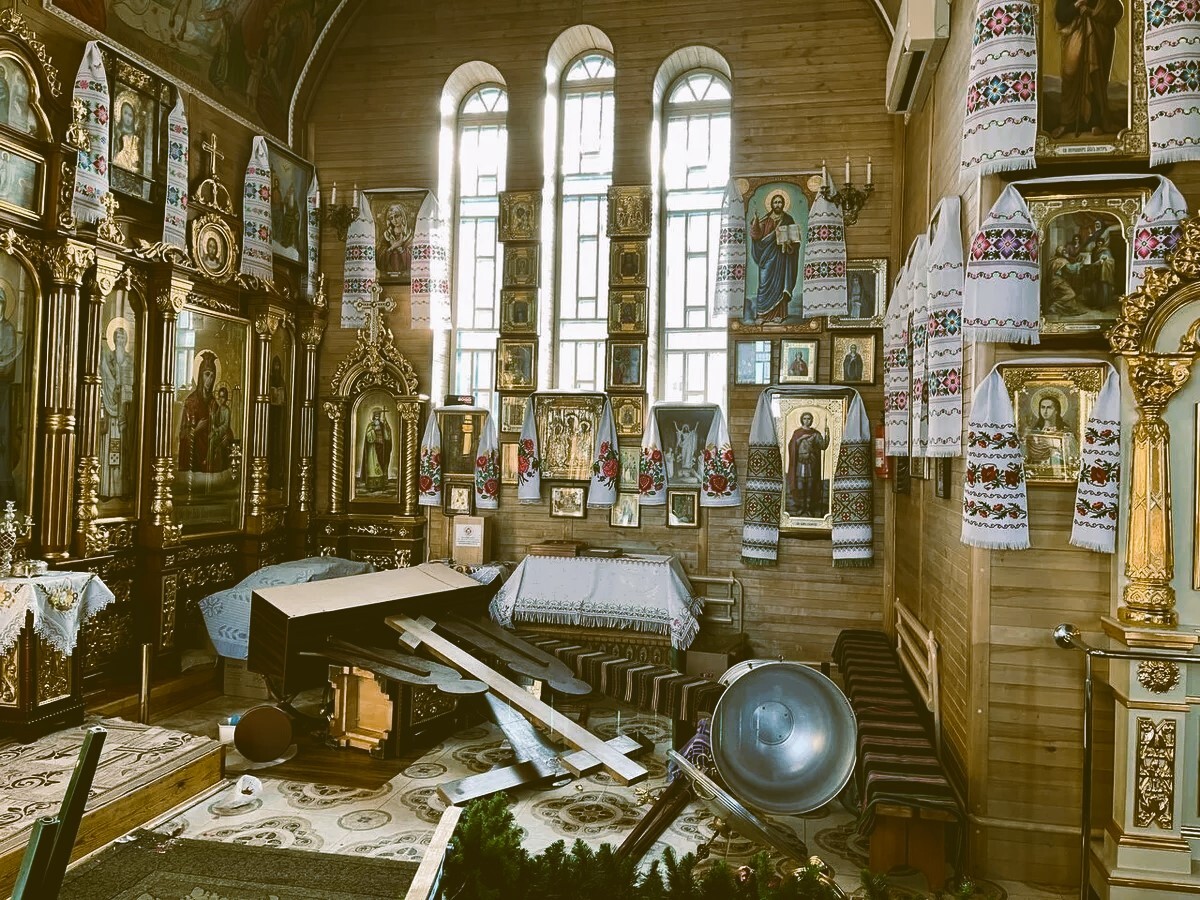
Not all new subjects of the Polish-Lithuanian Commonwealth, however, accepted the Brest Union and rejected Orthodoxy. Many of them didn’t like that compulsory ‘crossover’ and they started to fight against it. It resulted in a real religious war and uprising of the population of Kievan Rus regions against the Polish kings in 1648. This resistance was headed by Ukrainian hetman Bogdan Khmelnitsky. This uprising had been going on for as much as six years, after which Orthodox people of Ukraine addressed Russia with the request for accession. The document that ordered the return of lands on the left bank of the river Dnieper under control of the state of Russia, was signed in the town of Pereyaslav, not far from Kiev. It was from those times that the territory of modern Ukraine was in fact divided into two parts. On one side there were supporters of the Russian Orthodox Church, on the other – supporters of the Uniatism, imposed upon request of the Polish kings. But struggle against the Russian Orthodox Church didn’t stop at that, it has been and is still going on.


